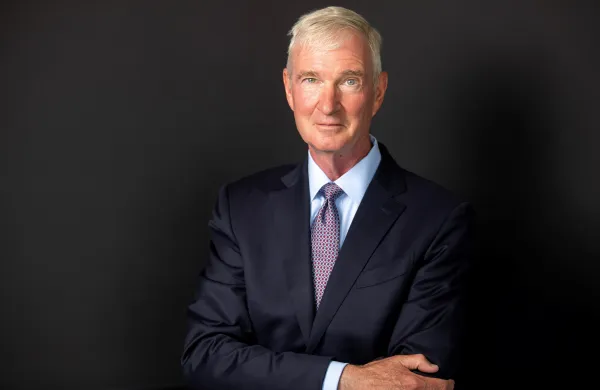As asset managers face mounting scrutiny over greenwashing, allocators are stepping up to take responsibility for their contributions to climate change.
“We really have this genuine belief and understanding that we need to have a stable climate to generate returns for our beneficiaries,” said Brian Minns, senior managing director of responsible investing at the University Pension Plan Ontario.
Minns was speaking at the CFA Institute’s Climate Risk and Returns conference, where he and his fellow panelists described their views on ESG as being driven by risk management, as well as a genuine desire to effect change. The panelists also included Avantika Saisekar, managing director at Wafra, the $31 billion alternatives business owned by Kuwait’s public pension fund.
“If you’re not paying attention to flooding, hurricanes, and other natural disasters, you’re not paying attention to risk,” Saisekar said. She added that Wafra is not only underwriting risks related to climate events, but is also considering other risks that climate transition poses to investors, as consumer demands and technology change.
In addition to managing climate-related risk, allocators broadly are worried about avoiding greenwashing — marketing investments as more environmentally friendly than they actually are. According to Andrew Siwo, the director of sustainable investments and climate solutions at the New York State Common Retirement Fund, managers aren’t the only ones at fault for this behavior. Siwo said that asset owners can inadvertently further greenwashing when allocating to managers that make unsubstantiated investment claims.
“Asset owners are the ones responsible for greenwashing because we are the ones writing the check,” he said.
Siwo’s team invests based on the United Nations Sustainable Development Goals and has grown the pool of assets devoted to those principles from $8 billion to $20 billion over the past few years. He said NYSCRF uses a consultant for every asset class to help evaluate how an investment firm handles ESG.
“The metric for success is performance,” Siwo said. “We are maniacal on achieving that return.”
Wafra, meanwhile, has created its own proprietary scoring system based on climate change. Those scores are presented to its investment committee and used as part of the decision-making process. The team also assesses factors like litigation, team dynamics, and the labor force as part of the diligence process.
Then there’s UPP, which is in a unique position, having been formed from a group of university endowments just two years ago. The new fund is still sorting through what it owns, Minns said.
But the organization’s trustees are on board with doing work on climate change, and Minns and his team are close to finishing a climate investment transition framework that they will use to start evaluating public companies. Right now, they expect any portfolio manager to have an ESG policy.
“We have to meet the market where it is,” Minns said. “In the coming years, though, we will have much higher expectations.”
Across the board, the asset owners acknowledged that managers can’t change overnight. As Saiskear put it: “We’re okay with annual improvements. We get worried when things are stagnant.”
In fact, according to Minns, some of the best conversations he has with managers about ESG and climate change are the ones in which the investment firm acknowledges that they’re not where they need to be. “We’re not looking for perfection,” Minns said. “We’re looking for like-minded investors.”







